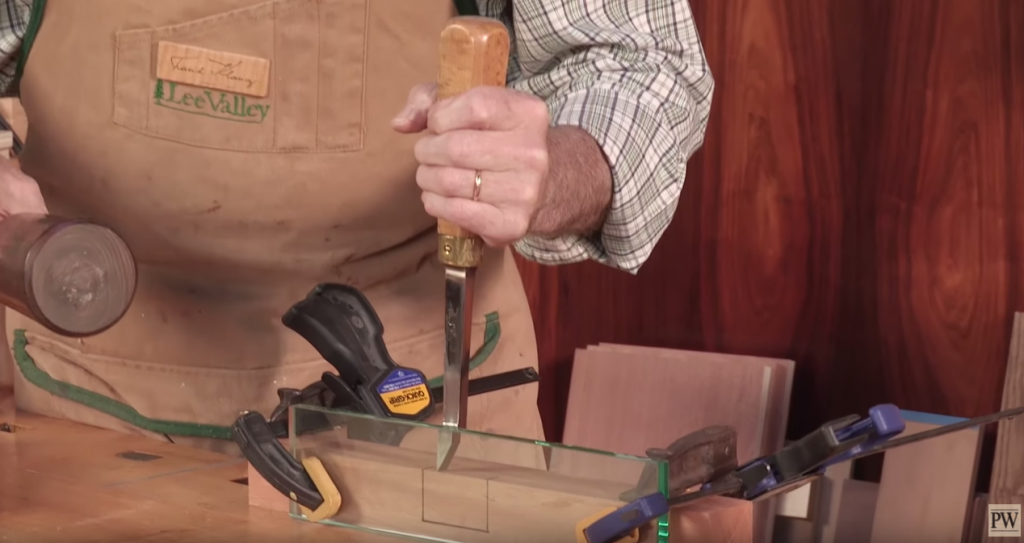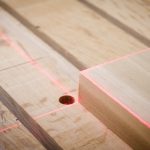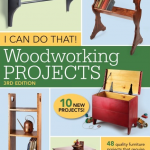We may receive a commission when you use our affiliate links. However, this does not impact our recommendations.

Woodworking is largely an exercise in subtraction. For much of what we do that subtraction is obvious – we can see the kerf left from a saw, we can watch the shavings fall out of our handplane and we brush shavings away from the work surface when we sand or scrape. In these instances, we can quickly assess how the process is going. Is my blade dull? Is my blade canted the wrong direction? Where are the low spots that I’ve missed? There isn’t much left to the imagination when you have immediate and observable feedback.
A blind mortise does not feature that same kind of feedback. I wouldn’t say that peering into the mortise as you cut it is hopeless – but I am left craving a sense of understanding of what exactly is happening with the fibers as I make my way down into the small rectangular cavern I am cutting.
In this video with Frank Klausz, we have an incredible opportunity to see the inside working of a hand-cut a mortise. With a piece of glass clamped to his stock, we can observe the movement and subtraction of material from the mortise. His work is fast and deliberate. You can observe the tug and shearing of the wood fibers and how these actions effect the material around the cut. With this view, you can understand why the inside of hand-cut mortise looks the way it does. Why the wall has a rough texture, why the bottom of the mortise often needs a bit of clearance and why the material sheers in the way it does.
This kind of demonstration subtracts mystery from an operation that many of us are quick to avoid with a mortising machine, dowel or domino. Perhaps this insight will inspire you to pick up the mortising chisel with confidence!
Here are some supplies and tools we find essential in our everyday work around the shop. We may receive a commission from sales referred by our links; however, we have carefully selected these products for their usefulness and quality.










Paul Sellars has a similar video using both mortise and bevel -edge chisels. Interestingly, the bevel-edge was more efficient. https://www.youtube.com/watch?v=q_NXq7_TILA
Maybe I’m just a woodworking nerd, but that was fascinating, and weirdly relaxing to watch. And that was a nice chunky and sharp chisel. Great video, just long enough too.